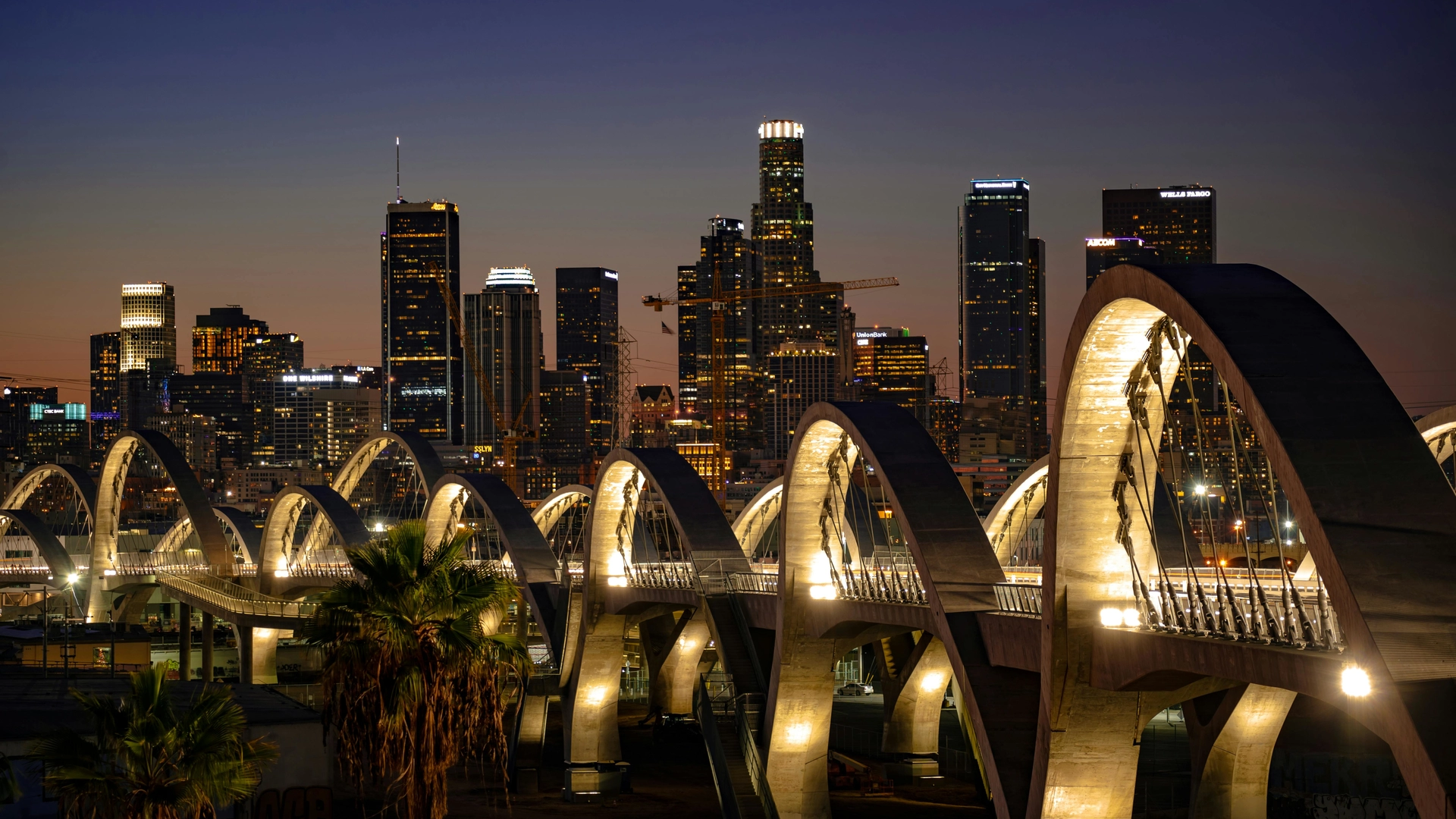Capital Investment Program (CIP) Overview
Los Angeles’ infrastructure is fundamental to the City’s health, quality of life, economic development, and resilience to climate change. We must ensure LA's public space is safe, clean, accessible, resilient, well maintained, and world-class. The way we plan, deliver, and maintain our streets and parks is costly and inefficient, and is not keeping pace with a growing backlog of needs.
Departments responsible for our public space often have inconsistent priorities, policy goals, communication methods, software, and planning systems that are not well-equipped to achieve a common goal.
Executive Directive No. 9 (ED9) addresses this thru implementation of 5 goals that culminate in a CIP for LA:



